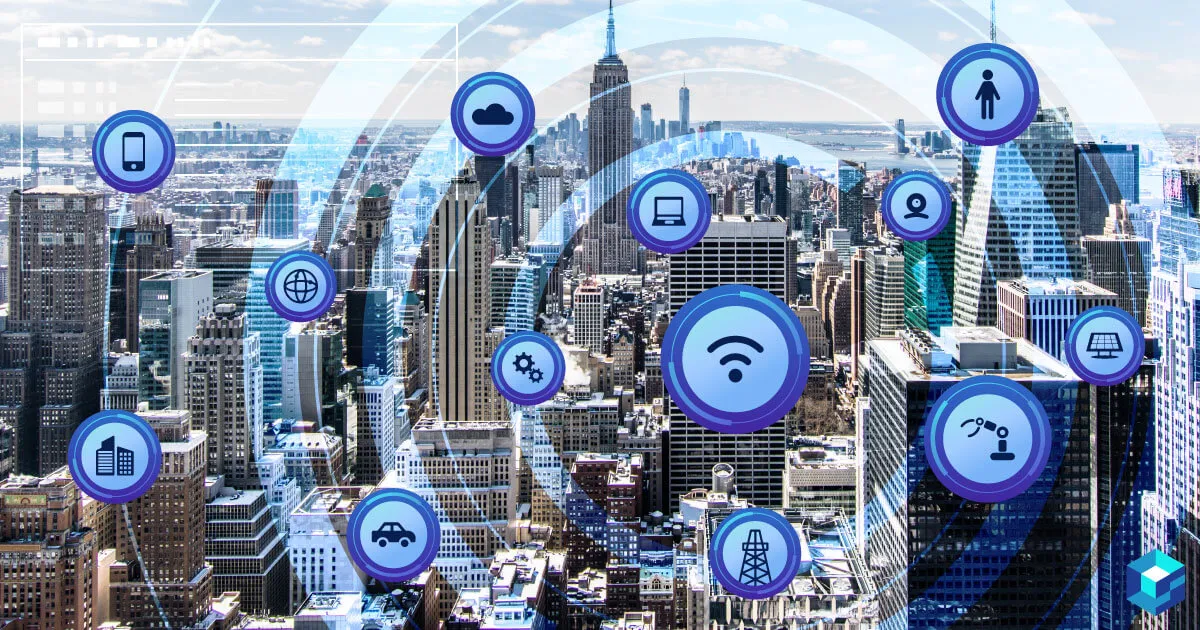
Every important industrial application is closely correlated to sensor performance: Power generation, vehicle performance, health care products, smartphones, and thousands of other everyday processes are compromised without reliable, durable, cost-efficient sensors.
If you’re involved in systems design & engineering, supply chain management, or research & development (R&D), there’s a good chance you’re well-versed in sensors.
Does your industry align with overall market trends, in terms of sensor utilization and application? Companies associated with four key industries/sectors drive supply and demand for the global sensor marketplace. They are:
- Military & aviation. Field equipment, fuel capacity, proximity and surveillance– military and aviation accessories continue to spike demand for reliable sensors – especially when actual lives are at stake.
- IoT (industrial, personal, health, etc.) accessories. The Internet of Things (IoT) is probably the largest electronics marketplace disruptor (in a good sense) over the past 10 years. As personal accessories, healthcare equipment, and automobiles (see below) become more interconnected, the need for sensors exceeds even the most optimistic demand projections.
- Connected automobiles. Gone are the days when automobiles were simply a means of transportation from point A to point B. Nowadays, getting from here to there is only half the journey. Daily commutes now include full Internet access, navigation systems, interconnected communication protocols, and much more.
- Utilities. Energy plants depend upon a large “supporting cast” of sensors to safely and efficiently distribute power all over the globe. How do sensors play a role in power generation? Rotating turbine equipment – the heart of most power plants – typically turns thousands of revolutions per minute, depending on dynamic energy production needs. If a turbine is slightly off-center or damaged in any way, vibration and proximity sensors (just to name a few) alert maintenance and operation personnel about possible safety issues.
Sensors are mandatory for effective maintenance. They’re relatively easy to implement. They provide invaluable feedback from everything to motion to speed to air quality and more. But which sensors qualify as top 5, in terms of overall application and distribution?
Five Fast-Rising Sensors
Thanks to IoT applications and connected automobiles, our number one sensor isn’t too surprising. The other sensor types listed here are also quite prevalent in today’s worldwide electronics environment, but how they’re used may shed some light on where sensor performance is today – and where it’s headed in the future.
- Temperature sensors. If you can’t take the heat, get out of the kitchen. Well, temperature sensors can take the heat – that’s why they’re the most widely-used sensor. There are many different types of temperature sensors, like mechanical, electrical, and contact-type. Using a baseline temperature reading, these sensors detect the amount of heat energy of a given area, and quickly relay the delta to maintenance or operational personnel. Common applications: IoT industrial settings, manufacturing (for safety and machine operating requirements), agriculture (soil and water temperatures), automobiles (internal engine temperature).
- Speed sensors. Remember that last speeding ticket? Well, you can thank a police speed sensor. Speed sensors use a wide range of technology (Doppler, ground radar, speedometers, etc.) to accurately calculate current and changing speed conditions. Common applications: Police/law enforcement operations, rotatingmachinery, automotive applications (anti-lock braking systems), surveillance,military & aviation tasks, and more.
- Infrared sensors. Gaining in popularity thanks to industrial and health care IoT needs, infrared sensors use radiation to detect everything from heat, blood pressure, RF signals, and much more. If you own an IoT device, chances are it contains an infrared sensor. Common applications: Healthcare monitoring systems (heart, lungs, brain, etc.), weather/temperature monitoring, fraud detection (fine art evaluators use infrared sensors to determine counterfeits from original works).
- Proximity sensors. How close is object A to object B? Doesn’t sound terribly interesting, but it’s a question that many people in the industrial/electronic world would like to know. For example, if a piece of machinery has shifted on its foundation, it could pose a safety hazard to surrounding workers. Proximity sensors utilize non-contact detection methods to determine critical distances. Common applications: Safety (backup warning signals), maintenance, industrial IoT applications (wearable tech), automotive detection (parking lots, parking apps, etc.), retail (distance between shoppers and discount displays).
- Pressure sensors. The pressure is on, and you need timely, accurate information. Enter the pressure indicator, one of the most widely-used industrial sensors. Typically, pressure sensors are used to measure deltas in atmospheric pressure – “atmosphere,” in this case, means surrounding gases or liquids. Common applications: Water management systems, meteorology, vehicle maintenance (pressure drops in brake pressure, power steering fluid, etc.), amateur weather observations, detecting industrial leaks, and many others.

Quotengine: Your Ultimate BOM Tool

What’s Your Excess Worth?

The Last Integration You’ll Ever Need

Sourcengine’s Lead Time Report

Sourcengine’s Lead Time Report
Your Lead Time Overview
Subscribe HereStruggling with excess inventory?
Download your free copy!.png)


.svg)

.svg)
